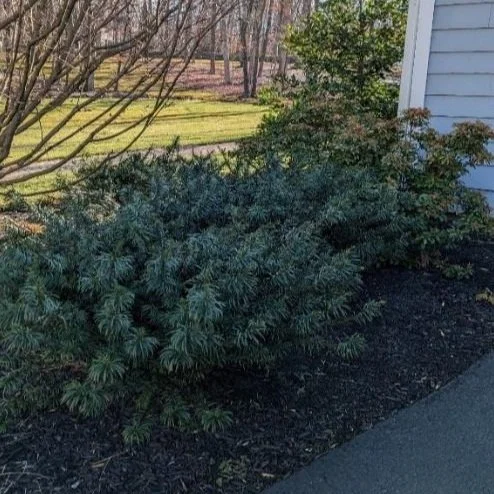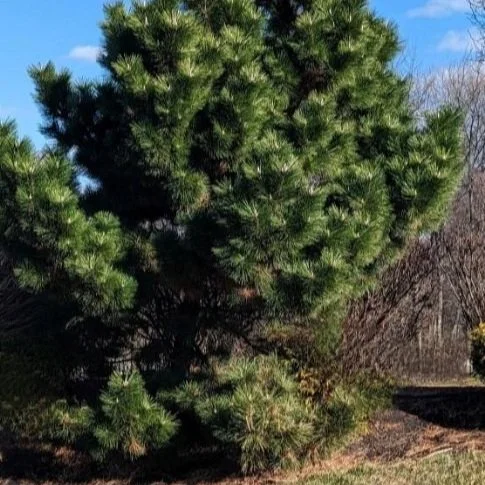Resilient Plants at Work: Evergreens and Winter Interest
The love of plant material lured me into the green industry as a young man. Later as a Landscape Architect and founder of a Landscape Maintenance company, my 30 years of experience has taught me to consider all aspects of a planting design. First and foremost is resilience. In our ever changing environment we can experience extreme heat, drought and extreme moisture in a single month. We can have winter injury, drought stress, salt damage and a myriad of disease and insect problems. With that said, sensitive areas that can experience these extreme conditions on a regular basis need careful consideration. Our company prides itself on value-added services and when we recommend a planting design to our clients, we want to ensure the planting design can endure extreme weather while delivering the aesthetic character we are asking the plants to provide.
In our continued series on resilient plants, I would like to feature 3 evergreens that are proven winners. First, to the right is Nellie Steven Holly. It is pyramidal in habit, with dark green glossy foliage that lends itself to pruning. It can be used as a formal feature in the landscape or it can be allowed to grow naturally where it can achieve 30-50 feet in height and up to 25 feet in spread. I have seen this Holly eaten to the nub by deer and then bud out and fully leaf as if the deer and holly have a symbiotic relationship. Salt damage can burn leaves but with a full flush of foliage in the Spring, new growth can hide leaf burn. It can also be pruned out prior to bud break. I can't say enough about this proven winner.
Two other evergreens I am ecstatic about are Japanese Spreading Plum Yew as shrub and ‘Thunderhead’ Black Pine. The picture to the left is Spreading Japanese Plum Yew. I have been experimenting with this yew for some time and it is deer resistant, shade tolerant to partial sun and can handle some less-than-well-drained soils. The attractive common or English Yew has been devastated in the northeast garden the last 20 years due to rising deer populations. It is wonderful to have this texture reintroduced back into planting designs with the confidence that we no longer have to worry about deer devastation. Plum Yew is a shrub that is great along foundations and is partnered in this landscape bed with Pieris japonica 'Mountain Fire' – another great shrub. Further in the background you will see a small Nellie Stevens Holly—yet to be tightly pruned—but showing even in youth its predisposition to a pyramidal habit.
The photo to the right is a fabulous Black Pine. This species is not your daddy’s Black Pine; thin, wispy, and ready to fall over – mostly found in our coastal areas. This cultivar, ‘Thunderhead,’ has successfully been propagated to have a tighter overall habit, making this an absolute gem in the landscape. As the plant matures it can become a magnificent specimen in the landscape. While salt and drought tolerant, it likes well drained soils and can appreciate a little food from time to time. However, I do know of a majestic stand that had good soil prep at the time of planting and hasn’t been fed since – it has been doing extremely well for more than a decade. If you need a strong feature in the landscape or a plant to offer a finer texture in a layered planting design, don’t forget ‘Thunderhead’. Their only real drawback is you cannot get them much larger than 3’ or 4’ from the nursery.
Stay tuned for our next exploration of resilient plants, when we explore some tough resilient ground covers. For planting design in tough areas or for a more comprehensive list of resilient plants reach out to us at www.liveoaklandscape.com/contact.



